Home>Construction & Tools>Building Materials>How To Limewash Brick


Building Materials
How To Limewash Brick
Published: January 22, 2024
Learn how to limewash brick to give your home a fresh, rustic look using eco-friendly building materials. Discover step-by-step instructions and tips for a stunning transformation.
(Many of the links in this article redirect to a specific reviewed product. Your purchase of these products through affiliate links helps to generate commission for Storables.com, at no extra cost. Learn more)
Introduction
Welcome to the world of limewashing, where tradition meets modern elegance to transform the appearance of brick surfaces. Whether you're a homeowner looking to revitalize your property or a design enthusiast seeking to add a touch of timeless charm, limewashing brick offers a versatile and visually captivating solution.
In this comprehensive guide, we will delve into the art of limewashing and explore the myriad benefits and techniques associated with this age-old practice. From understanding the essence of limewash to learning how to apply it with finesse, this article aims to equip you with the knowledge and inspiration to embark on your own limewashing journey.
So, grab a seat and prepare to uncover the enchanting world of limewash as we embark on a transformative exploration of this ancient technique.
Key Takeaways:
- Limewashing brick offers a timeless, eco-friendly way to enhance the beauty and durability of architectural surfaces, creating a soft, matte finish that complements various styles while regulating moisture and reabsorbing carbon dioxide.
- Choosing the right limewash and preparing the brick surface are crucial steps in achieving a successful and enduring application. Careful selection, testing, and meticulous application techniques contribute to the transformative and visually captivating nature of limewashing.
Read more: What Is Limewash Brick
What is Limewash
Limewash is a traditional and environmentally friendly finish for brick and other porous surfaces. It is composed of natural materials, primarily lime, water, and pigments, and has been used for centuries to protect and beautify buildings. The process of creating limewash involves slaking quicklime to create a putty, which is then diluted with water to the desired consistency. This simple yet effective mixture creates a breathable, weather-resistant coating that bonds with the surface without forming a film, allowing the underlying texture and color of the brick to shine through.
One of the defining characteristics of limewash is its mineral composition, which enables it to undergo a process called carbonation. This means that as the limewash cures, it reabsorbs carbon dioxide from the atmosphere, turning back into limestone. This natural transformation not only strengthens the bond with the substrate but also contributes to the durability and longevity of the finish.
Limewash offers a distinct matte appearance, lending a rustic and time-worn aesthetic to brick surfaces. It creates a softened, chalky effect that complements both traditional and contemporary architectural styles, making it a versatile choice for enhancing the visual appeal of exteriors and interiors alike.
Furthermore, limewash is renowned for its permeability, allowing the underlying brick to breathe and release moisture vapor. This breathability is crucial for preventing moisture buildup within the brickwork, thereby reducing the risk of mold and mildew growth while maintaining the structural integrity of the surface.
Overall, limewash embodies a harmonious blend of natural elements and time-honored craftsmanship, making it a compelling choice for those seeking to enhance the beauty and resilience of their brick surfaces in a sustainable and aesthetically pleasing manner.
Advantages of Limewashing Brick
Limewashing brick offers a myriad of advantages, making it a desirable choice for both aesthetic enhancement and practical preservation. Let’s explore the compelling benefits of this time-honored technique:
- Enhanced Aesthetics: Limewash imbues brick surfaces with a timeless, weathered charm, creating a soft, matte finish that complements various architectural styles. Its subtle translucency allows the natural variations and textures of the brick to shine through, resulting in a visually captivating and organic appearance.
- Environmental Friendliness: Composed of natural materials such as lime, water, and pigments, limewash is an eco-friendly choice for coating brick surfaces. Its mineral composition and ability to undergo carbonation contribute to its sustainability, as it reabsorbs carbon dioxide during the curing process, effectively turning back into limestone.
- Moisture Regulation: Limewash’s breathable nature enables it to regulate moisture vapor, preventing the buildup of trapped moisture within the brickwork. This permeability helps safeguard against mold and mildew while maintaining the structural integrity of the brick surface.
- Longevity and Durability: When applied and maintained properly, limewash forms a durable bond with the brick substrate. Its mineral composition and carbonation process contribute to its longevity, making it a resilient finish that can withstand the test of time and weathering.
- Customizable Colors: Limewash offers a spectrum of customizable colors, allowing for creative expression and personalization. Whether seeking a subtle, earthy hue or a bold, dramatic tone, the versatility of pigments enables homeowners and designers to achieve their desired aesthetic vision.
- Historical Significance: Embracing the tradition of limewashing connects individuals to a rich historical practice that has been utilized for centuries. By incorporating this age-old technique, one can infuse a sense of heritage and craftsmanship into modern architectural endeavors.
With its blend of aesthetic allure, environmental conscientiousness, and practical benefits, limewashing brick stands as a time-tested and captivating choice for those seeking to elevate the beauty and resilience of their architectural surfaces.
Choosing the Right Limewash
When embarking on a limewashing project, selecting the appropriate limewash is crucial to achieving the desired aesthetic and functional outcomes. Consider the following factors to guide your choice:
- Quality of Ingredients: Opt for high-quality, natural ingredients when selecting a limewash. Ensure that the product is composed of slaked lime, water, and natural pigments, free from synthetic additives or harmful chemicals. Prioritizing premium ingredients will contribute to the longevity and authenticity of the finish.
- Pigment Selection: Explore a diverse range of pigment options to achieve the desired color palette for your limewash. Whether seeking earthy tones, vibrant hues, or subtle neutrals, the versatility of pigments allows for customization and creative expression. Consider testing samples on a small area of the brick surface to observe how the pigments interact with the substrate.
- Consistency and Application: Assess the consistency of the limewash and its suitability for the intended application method. Whether applying with a brush, sprayer, or roller, the ideal consistency ensures smooth and even coverage, contributing to a uniform and aesthetically pleasing finish.
- Translucency and Texture: Evaluate the translucency and texture of the limewash to determine how it will interact with the underlying brick surface. Limewash should enhance the natural variations and textures of the brick, creating a softened, matte appearance that allows the character of the substrate to shine through.
- Compatibility and Breathability: Ensure that the chosen limewash is compatible with the specific type of brick and mortar present in your structure. Additionally, prioritize a breathable formulation that allows moisture vapor to pass through, contributing to the overall health and longevity of the brickwork.
By carefully considering the quality of ingredients, pigment selection, consistency, translucency, compatibility, and breathability, you can confidently select a limewash that aligns with your aesthetic vision and functional requirements. This thoughtful approach sets the stage for a successful and visually captivating limewashing endeavor.
Before applying limewash to brick, make sure to clean the surface thoroughly to remove any dirt, dust, or debris. This will help the limewash adhere better and result in a more even finish.
Preparing the Brick Surface
Before applying limewash to brick, it is essential to prepare the surface to ensure optimal adhesion and a lasting finish. Follow these steps to effectively prepare the brick surface for limewashing:
- Clean the Surface: Begin by thoroughly cleaning the brick surface to remove dirt, debris, and any existing coatings. Use a stiff brush, mild detergent, and water to scrub the surface and eliminate any contaminants that could hinder the bond between the brick and the limewash.
- Repair Any Damage: Inspect the brick for any cracks, spalling, or areas of deterioration. Repair any damage using appropriate mortar or patching compounds, ensuring that the surface is structurally sound and free from imperfections that could compromise the application and longevity of the limewash.
- Test for Absorbency: Assess the absorbency of the brick by sprinkling water onto the surface. If the water is readily absorbed, the brick is suitable for limewashing. If the water beads or does not penetrate the surface, the brick may require additional preparation, such as sanding or etching, to enhance its ability to bond with the limewash.
- Allow for Drying Time: After cleaning and any necessary repairs, allow the brick surface to thoroughly dry before proceeding with the limewashing process. Adequate drying time ensures that the substrate is free from moisture, promoting optimal adhesion and the curing of the limewash.
- Protect Surrounding Areas: Prior to applying the limewash, protect adjacent surfaces, landscaping, and areas not intended for limewashing. Use drop cloths, painter’s tape, and plastic sheeting to safeguard windows, doors, and other features from accidental splatter or overspray.
By diligently cleaning, repairing, testing for absorbency, allowing for drying time, and protecting surrounding areas, you can lay the groundwork for a successful and enduring limewashing application. These preparatory measures contribute to the overall quality and longevity of the finished result, ensuring that the beauty of the brick surface is enhanced with precision and care.
Read more: How To Limewash A Brick Fireplace
Applying the Limewash
With the brick surface meticulously prepared, it’s time to embark on the transformative process of applying limewash. Follow these steps to achieve a seamless and visually captivating application:
- Mixing the Limewash: Begin by thoroughly mixing the limewash to ensure a uniform consistency. If using a pre-mixed limewash, gently stir the product to prevent pigment settling. For homemade or custom-tinted limewash, carefully blend the slaked lime, water, and pigments to achieve the desired color and texture.
- Testing on a Sample Area: Before applying the limewash to the entire surface, test it on a small, inconspicuous area of the brick to assess the color, coverage, and compatibility. This step allows for adjustments and ensures that the chosen limewash aligns with your aesthetic vision before proceeding with the full application.
- Application Techniques: Depending on the desired finish and the size of the project, various application techniques can be employed. Brush application allows for precise detailing and control, while sprayers and rollers are suitable for larger surface areas. Apply the limewash evenly, working in manageable sections to maintain a consistent appearance throughout the project.
- Multiple Coats and Layering: For a more opaque finish or intensified color, consider applying multiple coats of limewash. Allow each coat to thoroughly dry before applying the next, ensuring that the desired depth of color and coverage is achieved. Layering the limewash can create a nuanced and textured effect, enhancing the character of the brick surface.
- Finishing Touches and Detailing: Pay attention to detail work, such as edges, corners, and intricate architectural features. Ensure that the limewash is applied evenly and that any excess is carefully removed to maintain a clean and polished appearance. Take the time to finesse the application, as meticulous detailing contributes to a professional and refined outcome.
By meticulously mixing the limewash, testing it on a sample area, employing suitable application techniques, considering multiple coats and layering, and focusing on finishing touches and detailing, you can bring out the inherent beauty of the brick surface with precision and artistry. This transformative process culminates in a visually captivating and enduring limewashed finish that elevates the aesthetic appeal of the architectural space.
Caring for Limewashed Brick
After the transformative process of limewashing brick, it’s essential to implement proper care and maintenance practices to preserve the beauty and integrity of the finish. Follow these guidelines to ensure the longevity and resilience of your limewashed brick surfaces:
- Gentle Cleaning: Periodically clean limewashed brick surfaces using a mild detergent and water solution. Avoid harsh chemicals or abrasive cleaners, as they can compromise the integrity of the limewash. Gently scrub the surface with a soft brush or sponge, then rinse thoroughly with water and allow it to dry naturally.
- Inspect for Damage: Regularly inspect the limewashed brick for any signs of damage, such as cracks, flaking, or discoloration. Address any issues promptly to prevent further deterioration and maintain the overall appearance and structural integrity of the finish.
- Touch-Up and Maintenance: In high-traffic areas or regions exposed to the elements, occasional touch-up maintenance may be necessary. Keep a small quantity of the original limewash on hand to address minor blemishes or areas of wear. Properly blend and apply the touch-up limewash to seamlessly integrate with the existing finish.
- Protection from Impact: Be mindful of potential impact or abrasion to limewashed brick surfaces. Take precautions to prevent heavy objects, furniture, or sharp implements from causing damage or abrasions that could compromise the finish. Implement protective measures to safeguard the limewashed areas from accidental impact or wear.
- Maintain Surrounding Landscaping: Ensure that landscaping and vegetation surrounding limewashed brick surfaces are maintained to prevent overgrowth or contact with the finish. Trim foliage and avoid allowing plants to come into direct contact with the limewashed areas, as this can lead to staining or moisture retention.
By embracing gentle cleaning practices, regularly inspecting for damage, addressing touch-up and maintenance needs, protecting from impact, and maintaining surrounding landscaping, you can uphold the enduring beauty and resilience of limewashed brick surfaces. These care and maintenance measures contribute to the longevity and visual appeal of the limewashed finish, ensuring that its timeless allure continues to enrich the architectural space for years to come.
Conclusion
As we conclude our exploration of limewashing brick, we emerge with a profound appreciation for the artistry and timeless allure of this age-old technique. From its mineral composition and breathability to its capacity for environmental harmony and aesthetic enhancement, limewash stands as a testament to the enduring beauty and resilience of traditional craftsmanship.
By delving into the essence of limewash, understanding its advantages, and mastering the art of application, we have uncovered a world of transformative potential for brick surfaces. The gentle, matte finish of limewash harmonizes with the natural textures and nuances of brick, creating a softened and weathered aesthetic that transcends architectural styles and eras.
Moreover, the environmental conscientiousness and historical significance of limewashing resonate deeply, connecting us to a heritage of craftsmanship and sustainability that enriches modern architectural endeavors. The ability of limewash to regulate moisture, reabsorb carbon dioxide, and endure the test of time underscores its role as a timeless and environmentally conscious finish.
As homeowners, designers, and enthusiasts, we are empowered to embrace the art of limewashing, infusing our spaces with a touch of tradition and elegance that transcends fleeting trends. The customizable colors, breathable nature, and enduring charm of limewash offer a canvas for creative expression and a sanctuary for architectural authenticity.
In caring for limewashed brick, we honor the legacy of this ancient practice, preserving its beauty and integrity for generations to come. Through gentle maintenance and mindful protection, we ensure that the allure of limewashed surfaces continues to enrich our surroundings with grace and resilience.
As we bid farewell to this journey through the enchanting realm of limewashing, let us carry forward the wisdom and inspiration gained, infusing our architectural spaces with the enduring allure and sustainable elegance of this time-honored technique.
Frequently Asked Questions about How To Limewash Brick
Was this page helpful?
At Storables.com, we guarantee accurate and reliable information. Our content, validated by Expert Board Contributors, is crafted following stringent Editorial Policies. We're committed to providing you with well-researched, expert-backed insights for all your informational needs.
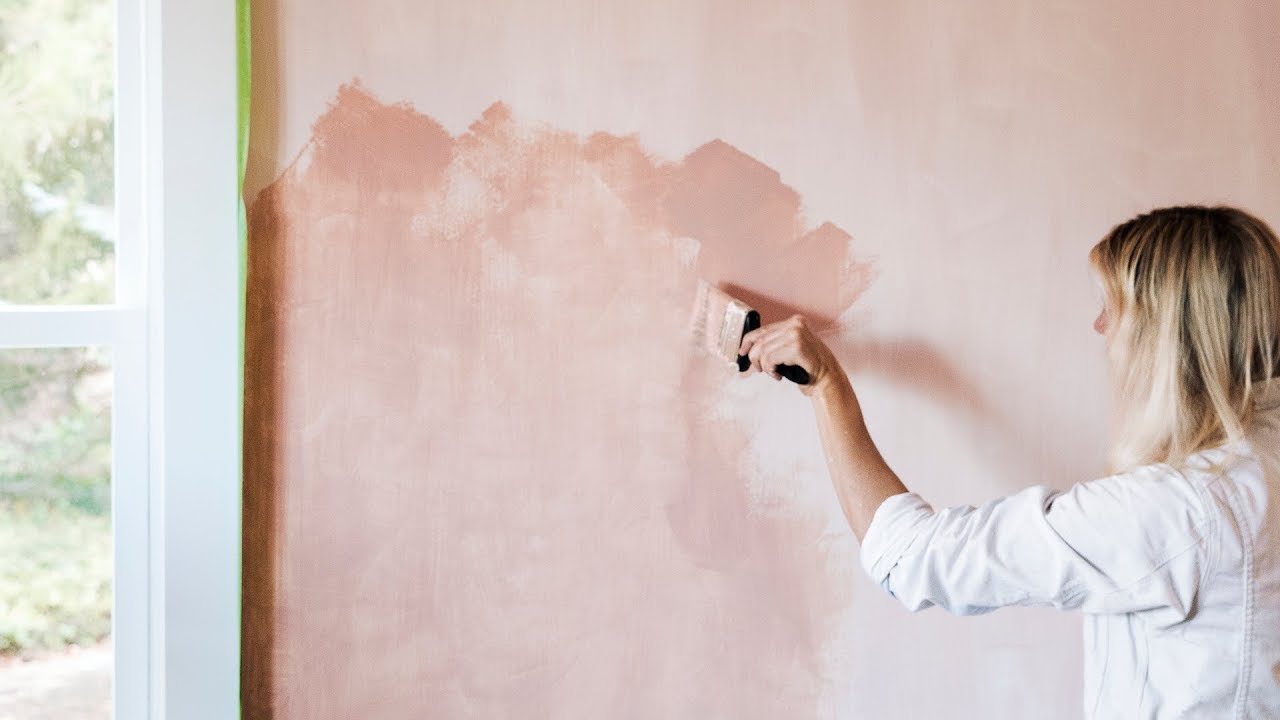

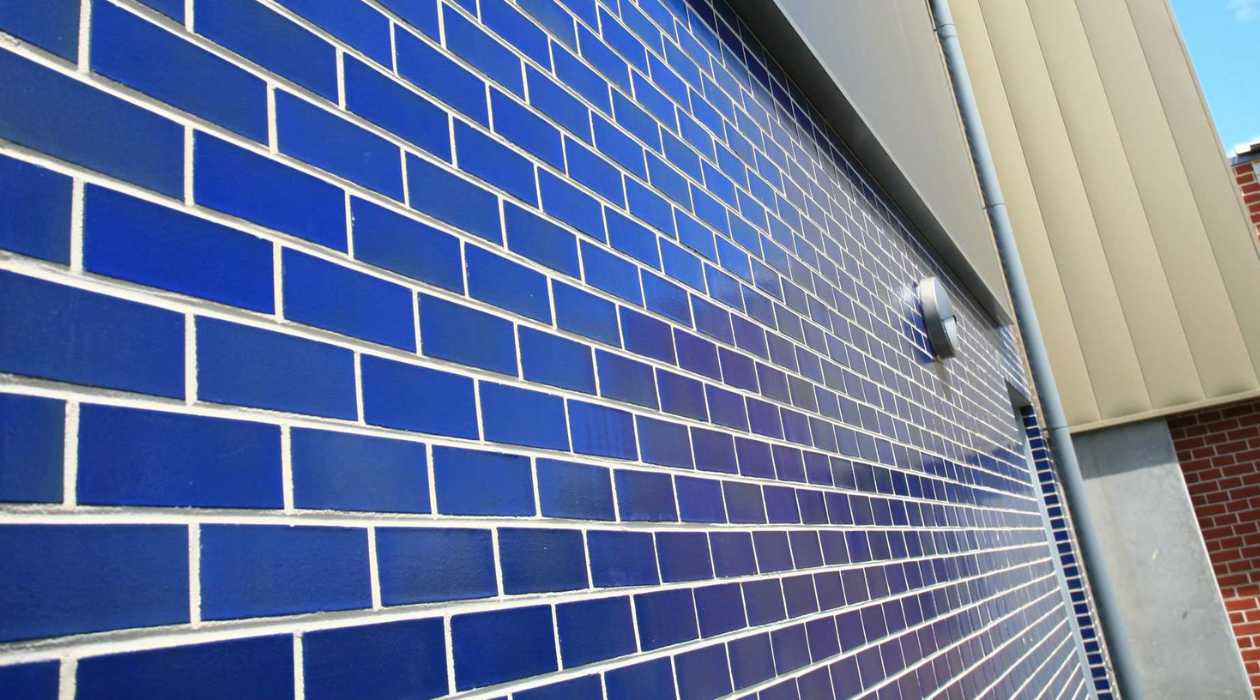
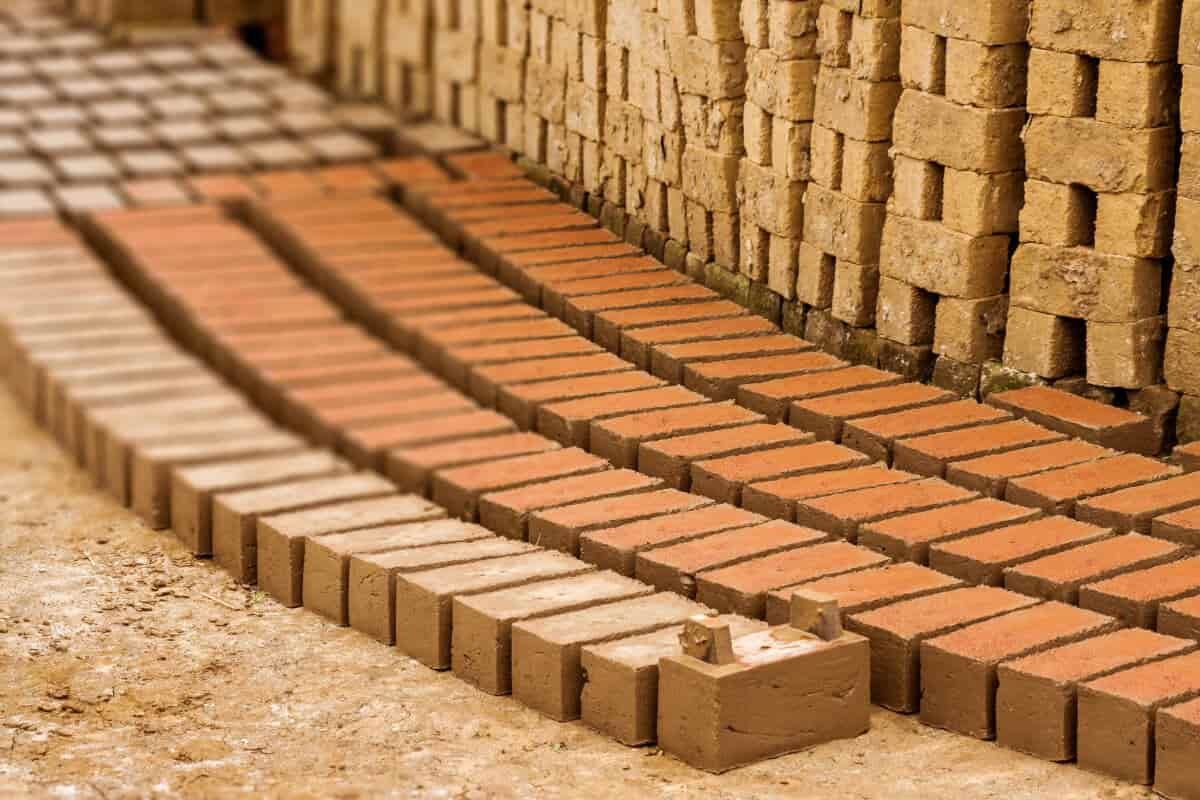
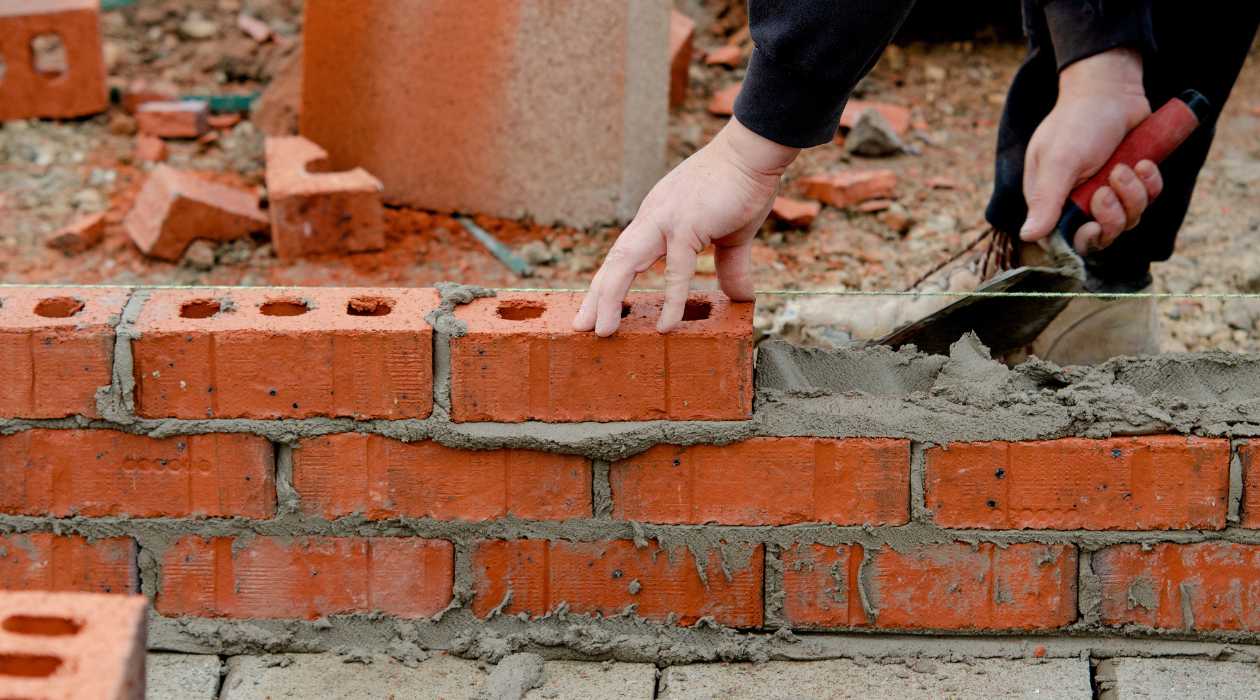
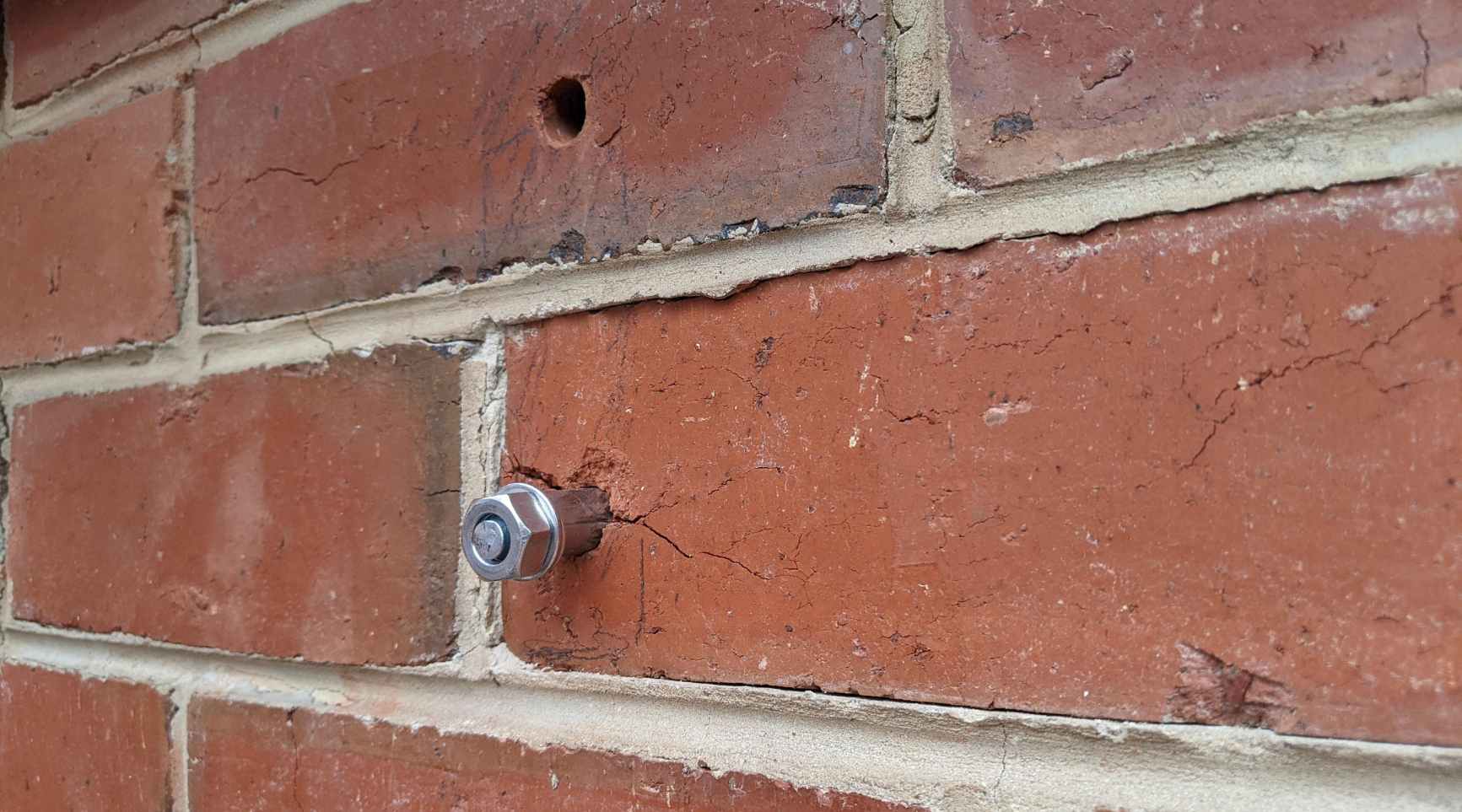

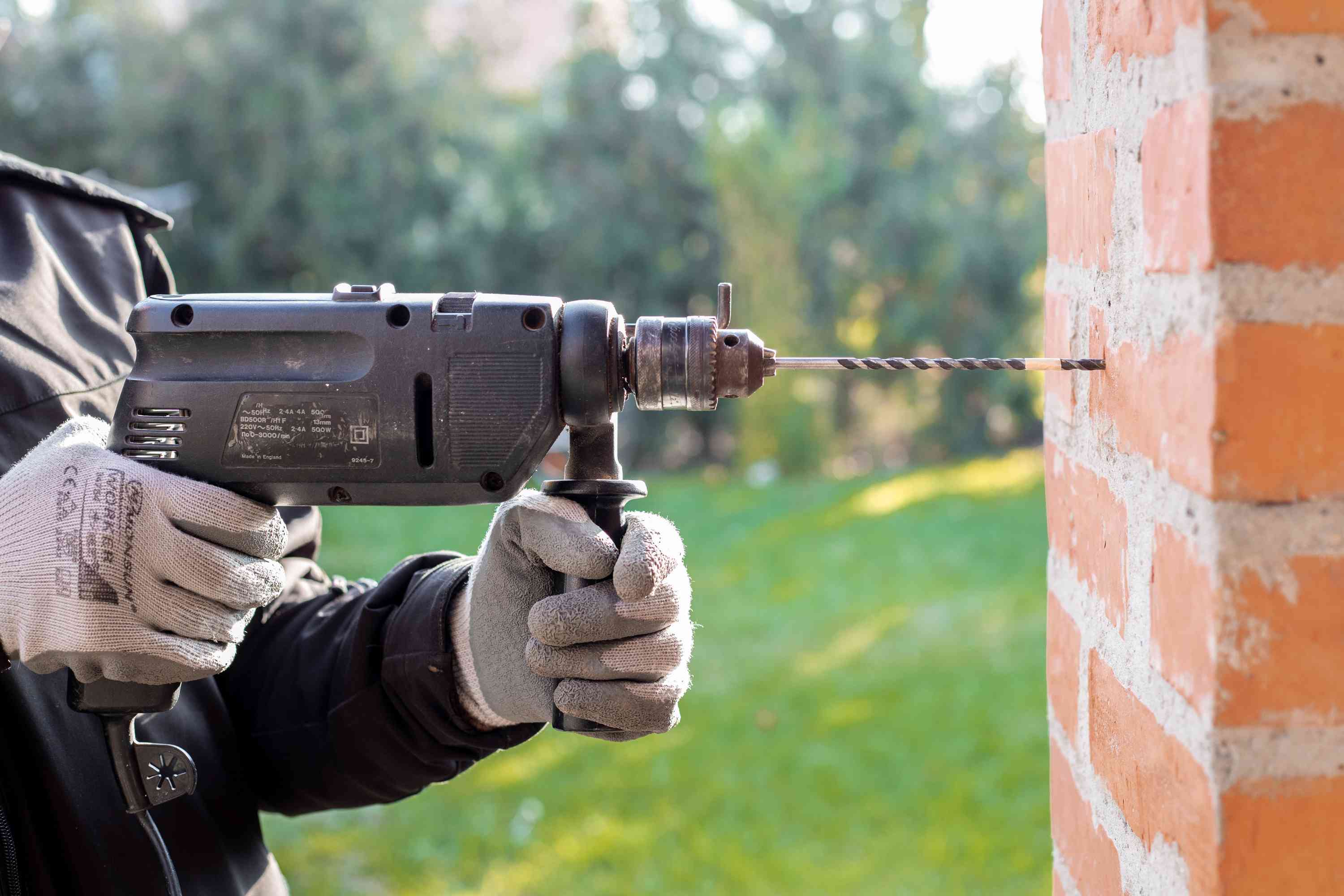
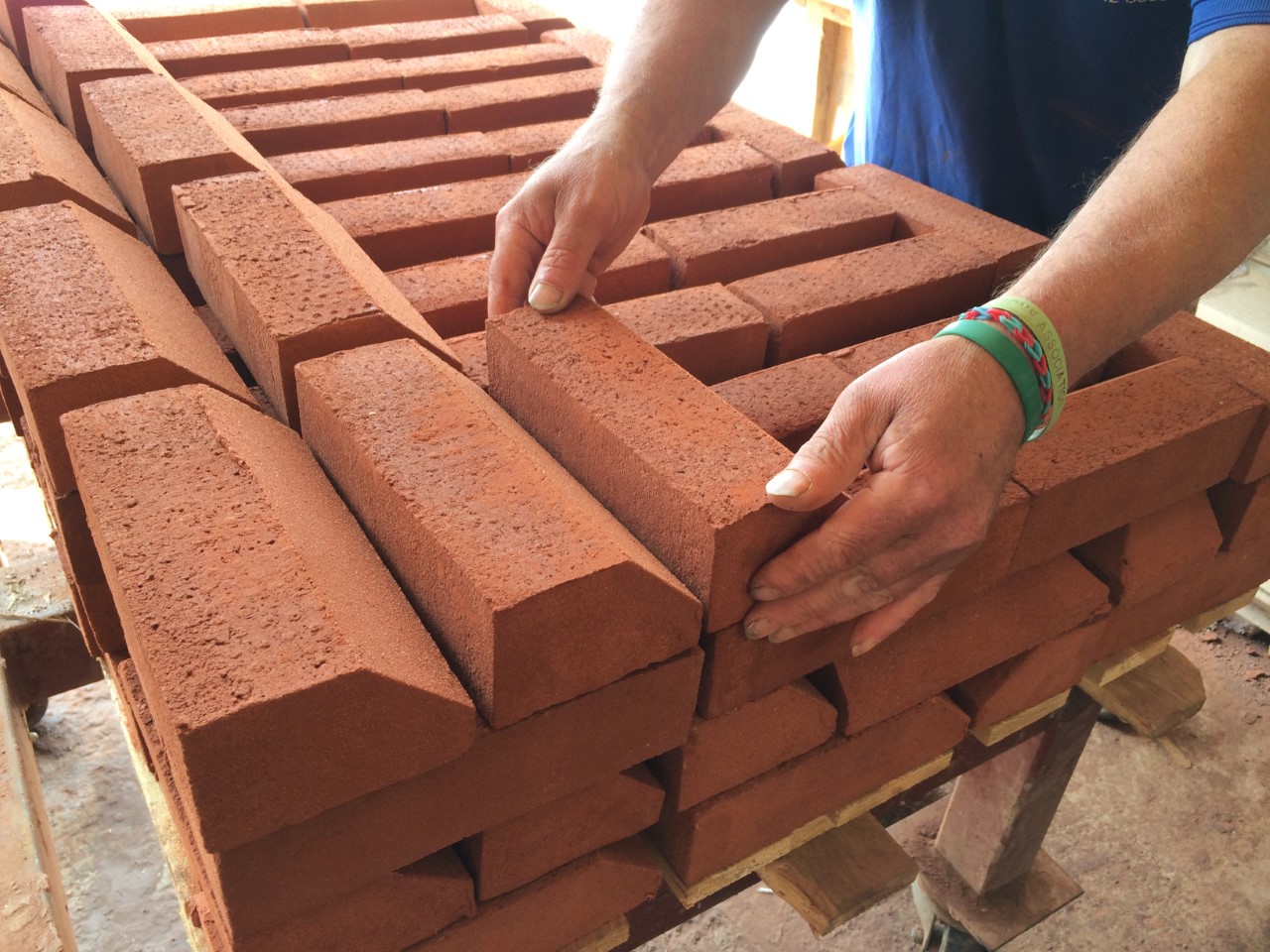
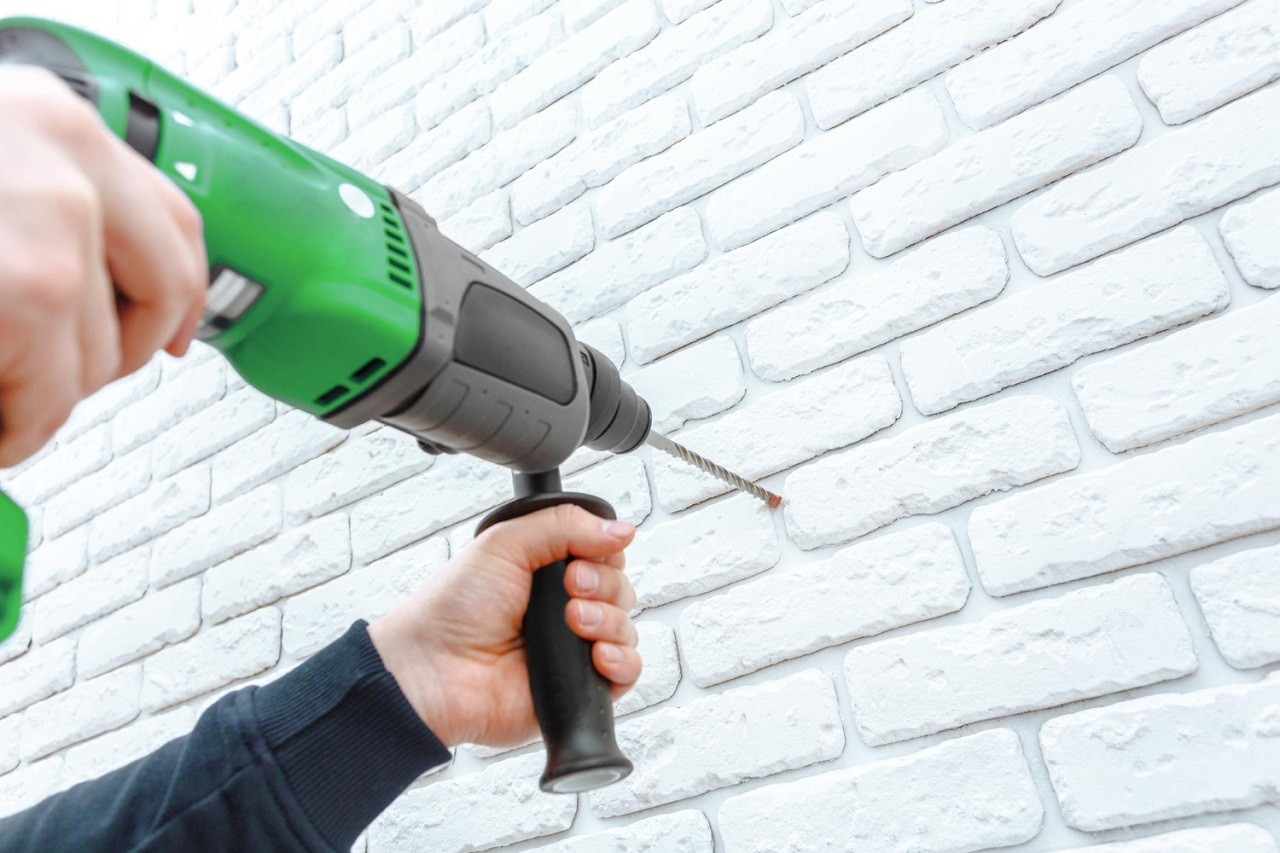

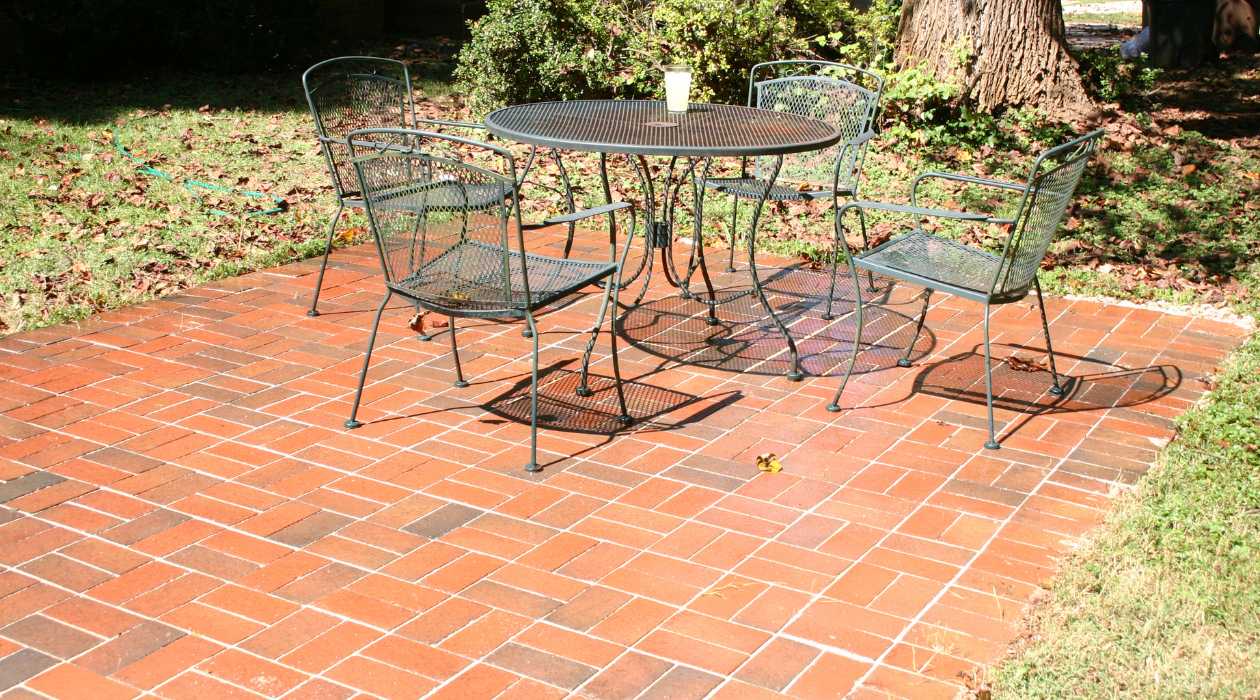
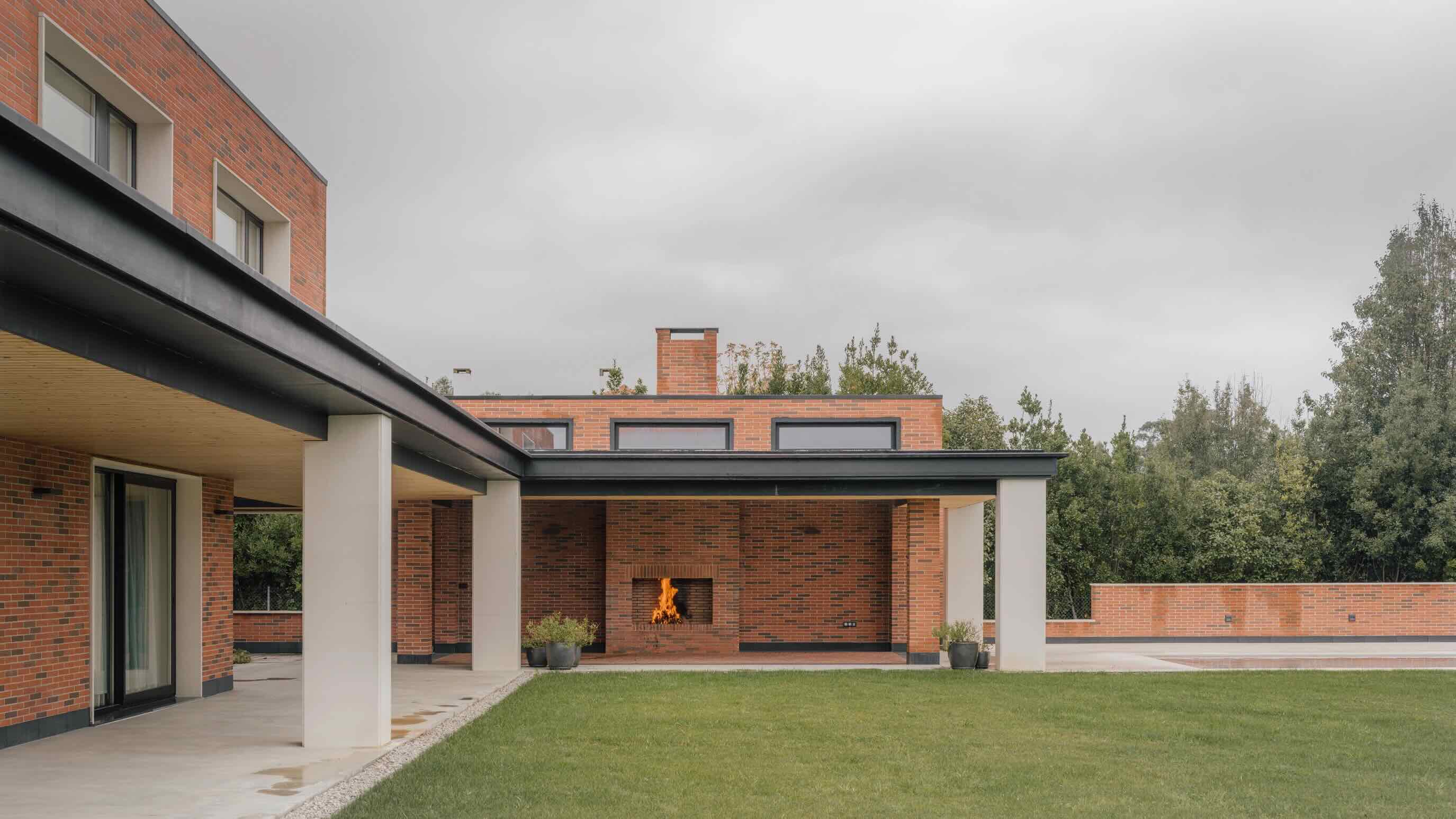
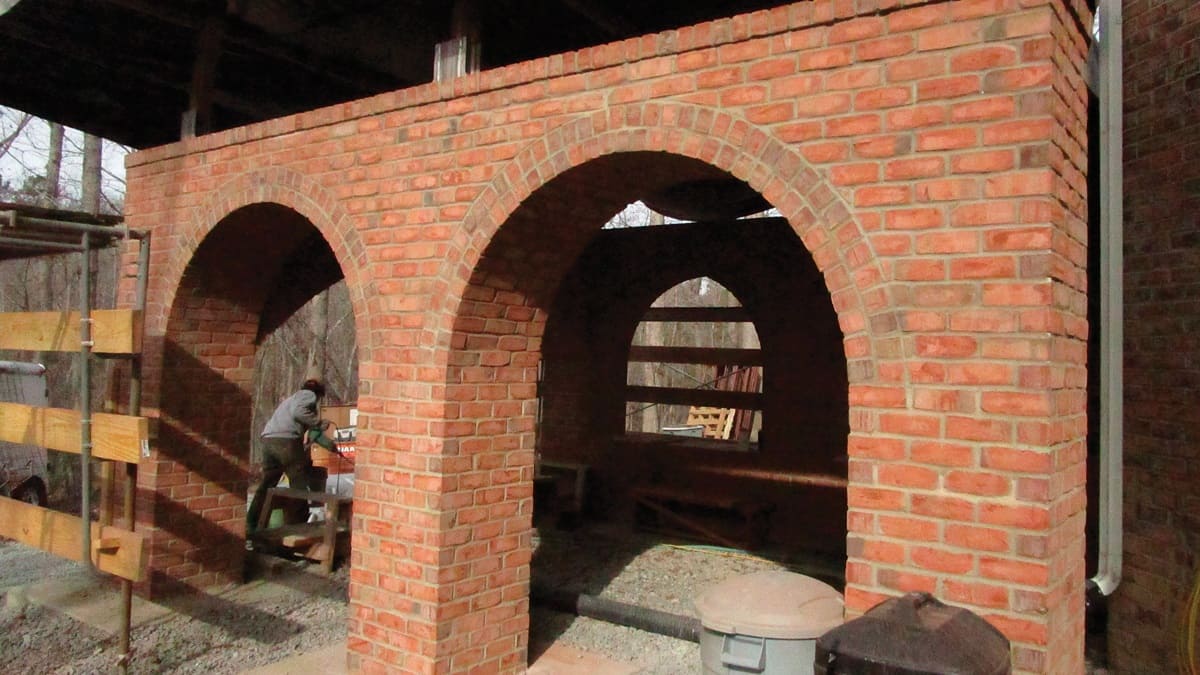

0 thoughts on “How To Limewash Brick”